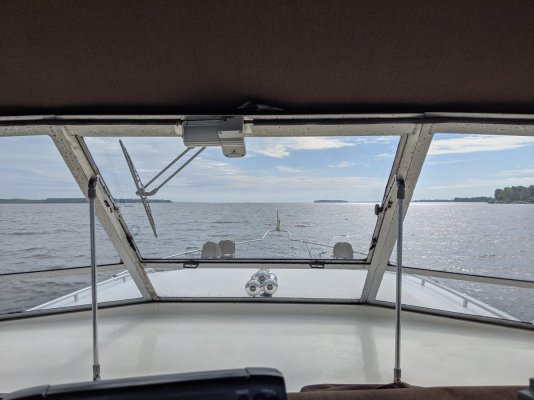It is like buying a Range Rover and never using it in the dust and dirt, just to have the dreaming i could o it if i want......same with many NH. Second f you can spent 2 mio for a boat you are not as free as a young sailor buying a 35 ft boat and spending 100.00 for the boat and 100.000 for 6 years sailing the world. Having 2 mio free for a boat normally means you hav a big house / garden, a family, a good job, social posiotion etc. and these guy do not spent 7 month a year potting arround with 7 knots.... so it will be a niche market. The bigger superyachts are like a hotel business and numbers increasing year by year, but a 60 ft powerboat for travelling arround the world will be still and very very small portion. We are sailing the Med sind 7 years for 8 month a year and we met less than 10 powerboats who are travelling for months. just the one week summer holiday, every night marina and restaurant, or the big yachts with crew and changeing guest every week, but hundred of couples on sailboat ( mostly running the engine )......so we call ourself powerboat with a long antenna.....
A safe sailing boat arround 40 ft you can get for 150.000 and you can go everywhere in safety...there is no powerboat even close. But you have to do it. it is not the boat but the captain who is going ......
But to be honest i am also looking for a powerboat , but not Nordhavn because it is to much marketing for my taste. good season
A safe sailing boat arround 40 ft you can get for 150.000 and you can go everywhere in safety...there is no powerboat even close. But you have to do it. it is not the boat but the captain who is going ......
But to be honest i am also looking for a powerboat , but not Nordhavn because it is to much marketing for my taste. good season

